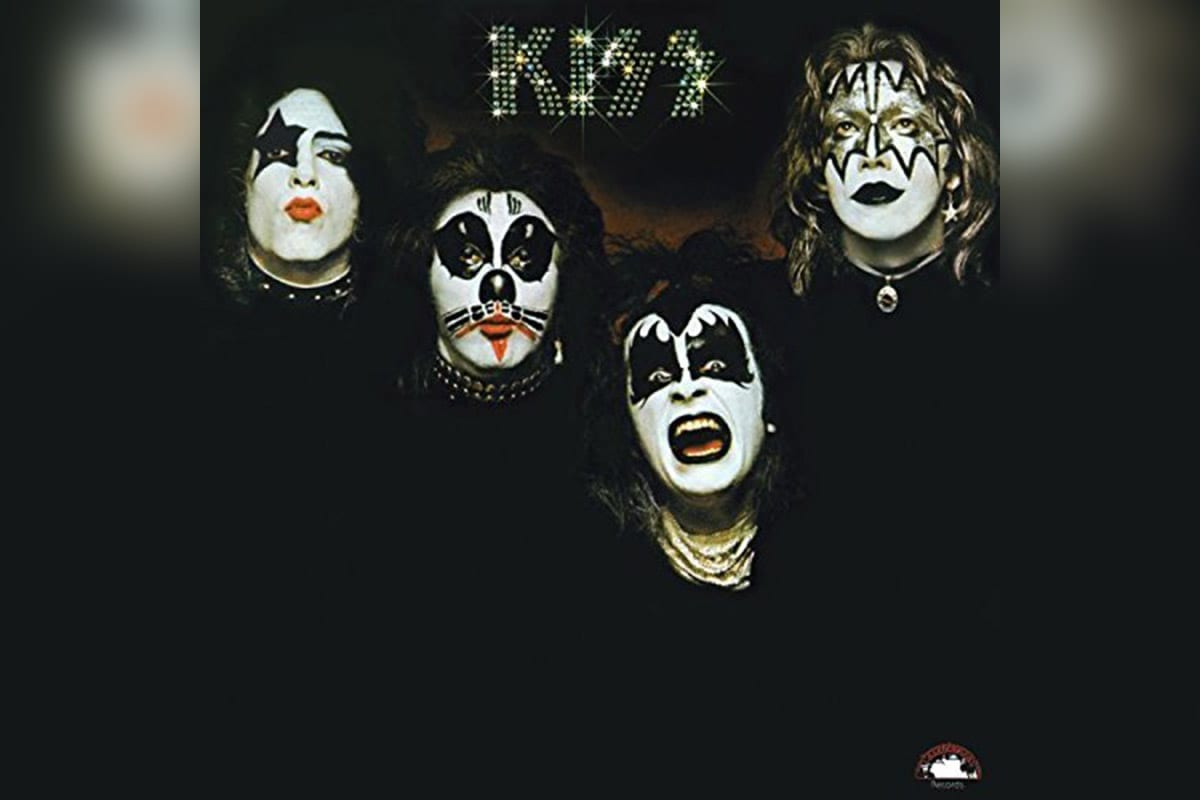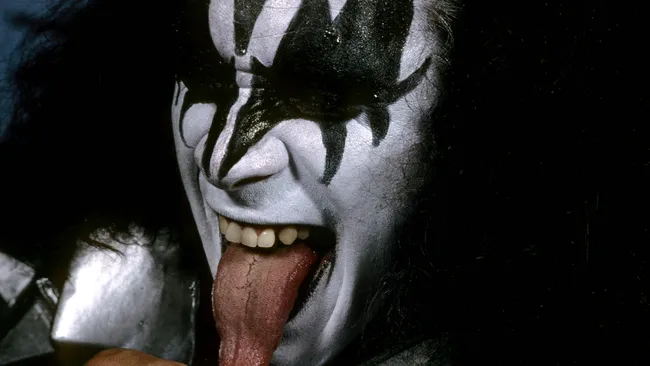Simmons claims Frehley’s solo on Kiss’s ‘She’ copies The Doors’ classic note-for-note.
Specifically, McCready stated one of the first solos he learned was from Kiss’s “She,” which he later used as inspiration for Pearl Jam’s hit “Alive.” Simmons recounted McCready’s shocked reaction when he revealed, “I said, ‘Mike, I don’t know how to tell you this, but that’s a note-for-note guitar solo from the Doors [Five to One].’ Ace liked it so much, he just reproduced it. He goes, ‘No!'” Simmons added, “My point is, it’s always very appreciative when somebody says, ‘Loved your stuff.’ Everybody’s got bits and pieces of stuff.”
This admission from Simmons sparked immediate conversation about how prevalent musical influences and borrowing can be. Indeed, rock music has long been embroiled in allegations of appropriation, with iconic songs like The Beach Boys’ “Surfin’ USA” credited as a lift from Chuck Berry’s “Sweet Little Sixteen.” Even more notable is the case of George Harrison, whose single “My Sweet Lord” closely followed the melody of the Chiffons’ “He’s So Fine.”
Despite this, Simmons was quick to argue for the legitimacy of borrowing. He emphasized, “Listen to Zeppelin songs, you’ll hear lots of blues, very recognizable blues songs.” This acknowledgment pointed out the little-discussed reality of musical inspiration within the industry, where artists often recycle ideas. Yet, Simmons’ comments particularly shine a light on Ace Frehley’s sometimes overlooked influence and the legacy he built within rock music.
Reflecting on Frehley’s audition for Kiss back when he was seeking to join the band, Simmons recalled the memorable impression Frehley left. “We auditioned players… And Ace [comes in and] plugs in and starts playing. I walked up to him and said, ‘Buddy, you’d best sit down before I knock you out. What are you doing? We’re talking.'” This anecdote showcases the confidence and carefree nature of Frehley, which would become part of his legendary persona.
Simmons’ comments not only raise questions about Frehley’s originality but also about the nature of artistic influence and sharing within the music community. Musicians have for decades stood on the shoulders of giants—borrowing riffs, musical phrases, and lyrical ideas from predecessors. The overlap of influence is not just common; it is often celebrated as part of what drives the evolution of styles within rock and pop music.






